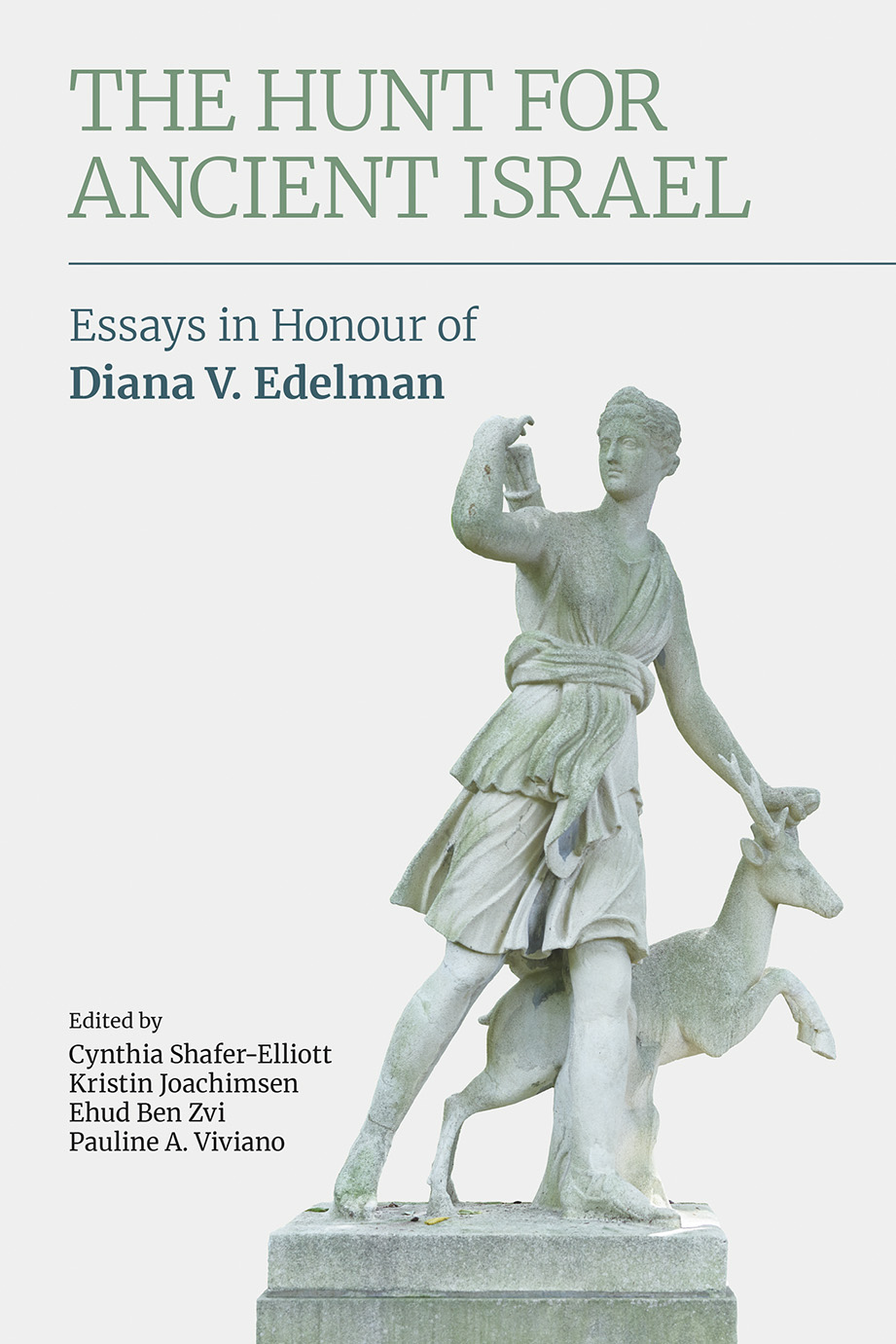It's All in the Lists! Building the Community through the Lists in the Books of Ezra and Nehemiah
The Hunt for Ancient Israel - Essays in Honour of Diana V. Edelman - Cynthia Shafer-Elliott
Maria Häusl [+]
Technical University of Dresden
Description
An interpretation of the Books of Ezra and Nehemiah cannot neglect the various lists. The lists build a network of their own, which interweaves the books and highlights every important event. They function as documentation and as legitimation for special groups. All lists, except Neh 3:1–32, use the groups of the priests, Levites and the lay-people as the backbone of their structure. The group-based description of the community is also integrated in most of the narrative units, only missing in Ezra 4:8–24, Ezra 5:3–6:14/15, and Neh 1:1–7:3. With regard to the priests, neither the lists nor the narrative units legitimize one single priestly character. On the contrary, the diversity of priestly persons is striking. Only the high priestly lineage is used as an important argument throughout the various texts and lists, though the people with a high priestly genealogy are rarely related to each other. The situation appears quite different with regard to the Levites. A group of (six) Levites is clearly emphasized, as they appear in almost every list and, beyond, in narrative texts. The Levites Jeshua, Kadmiel, Bani/Binnui/Bunni, Hodaviah/Hodiah/Judah, Sherebiah and Hashabiah/Hashabneiah build a network all over the Books of Ezra and Nehemiah, disregarding even the chronological setting of the events.






